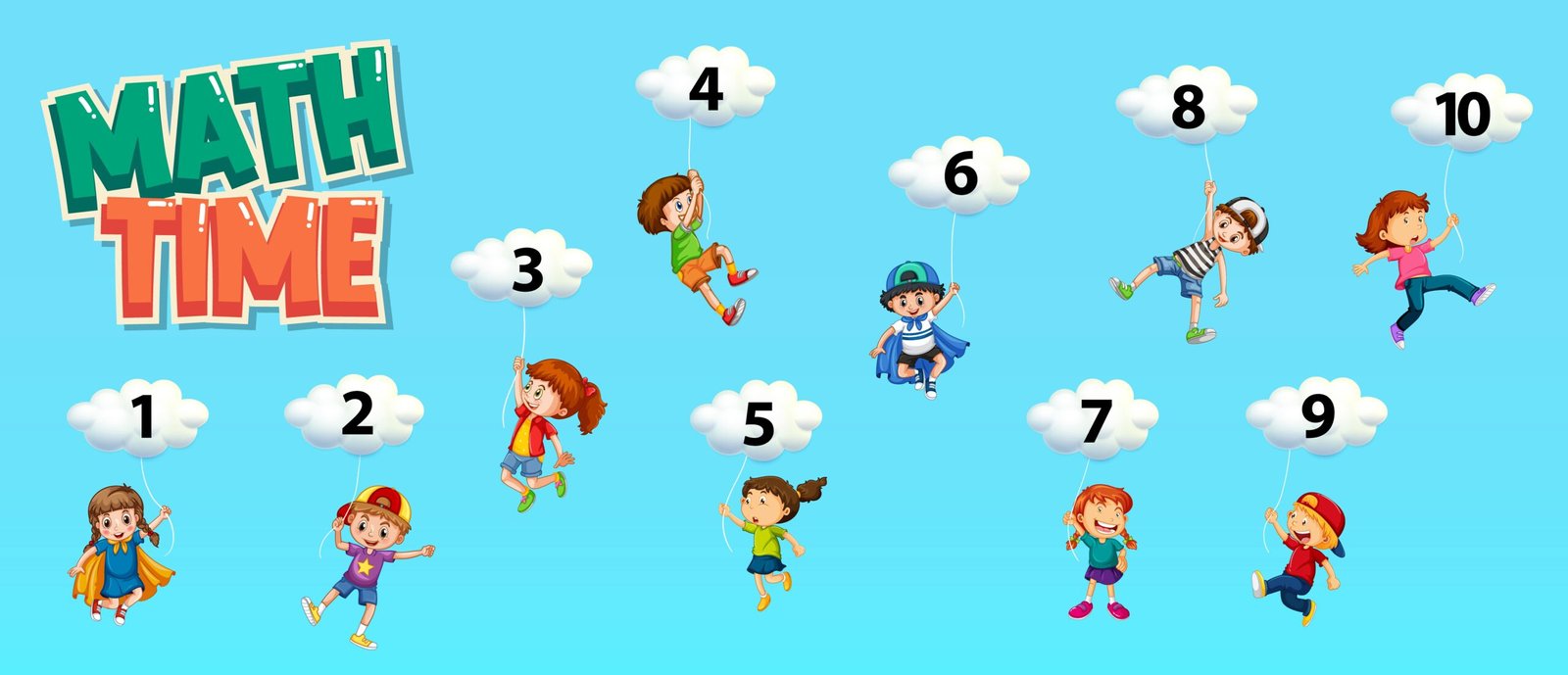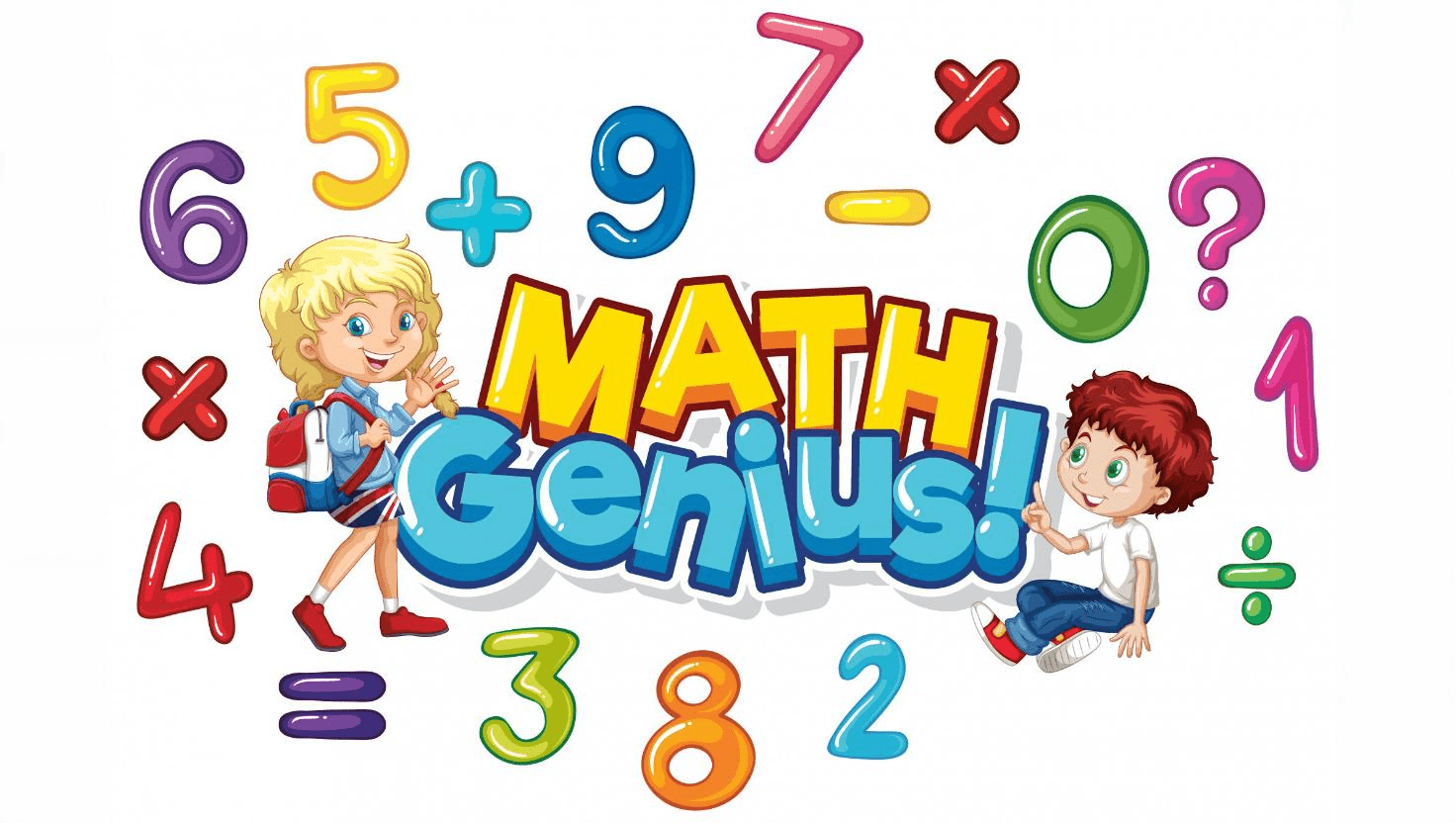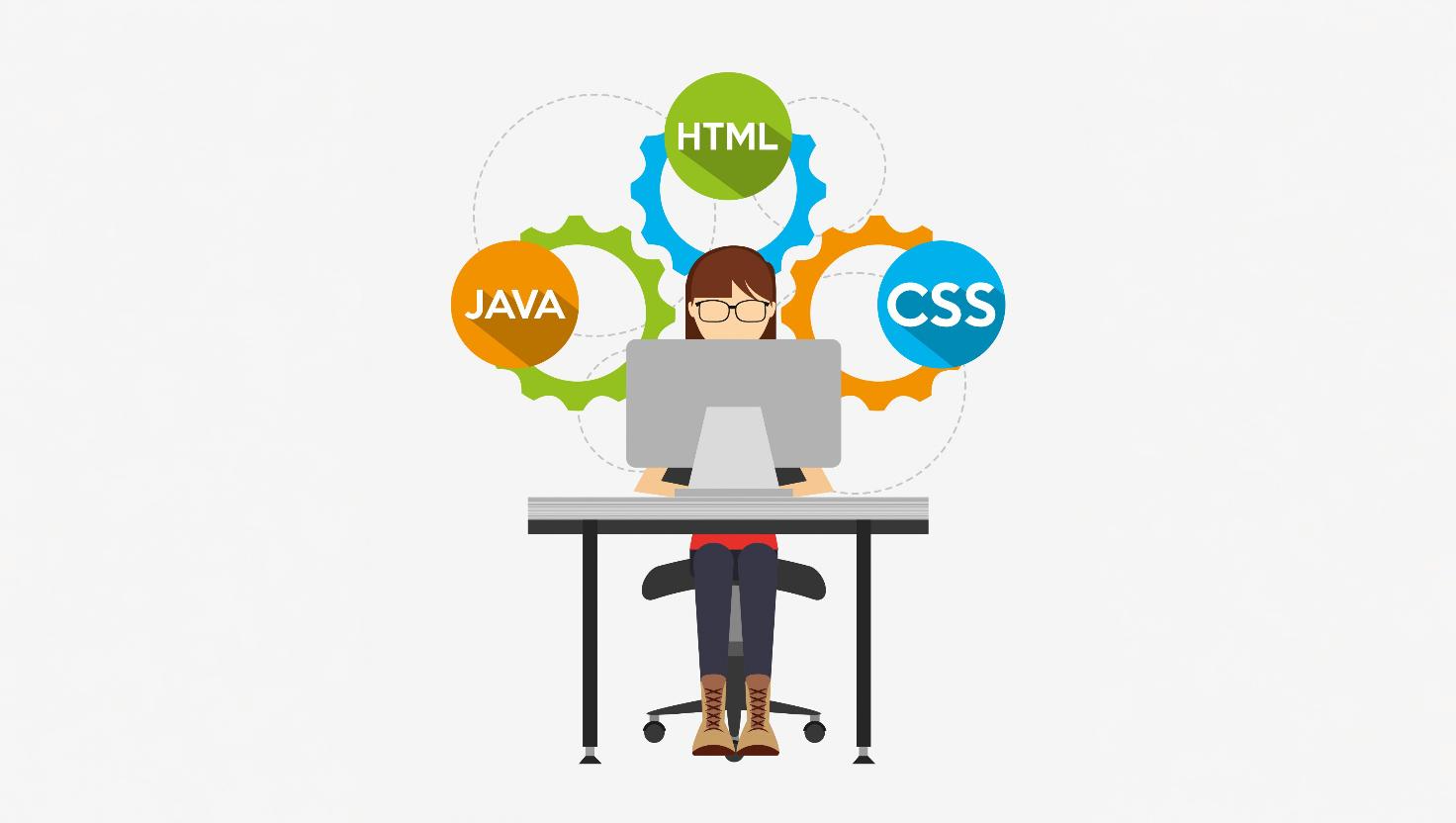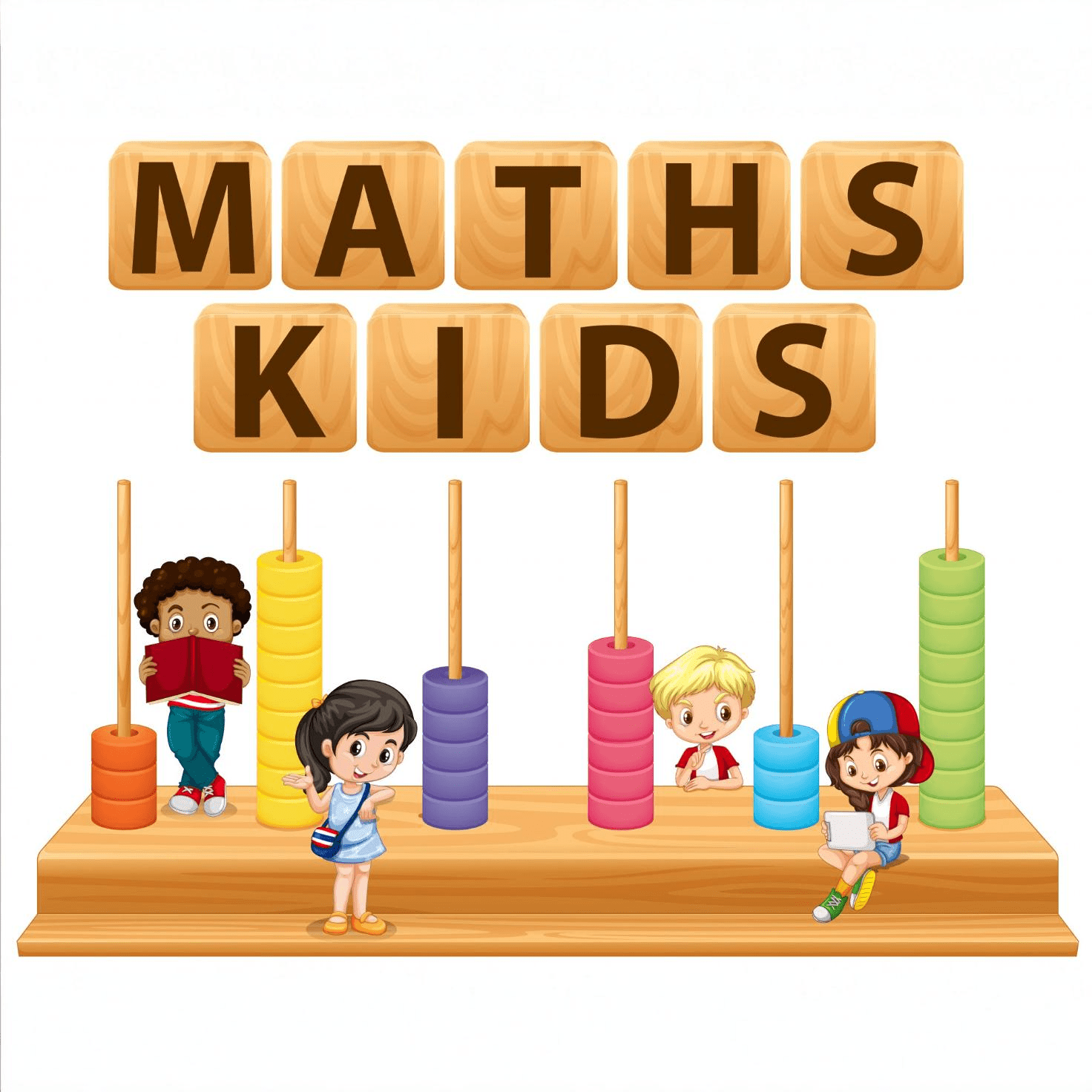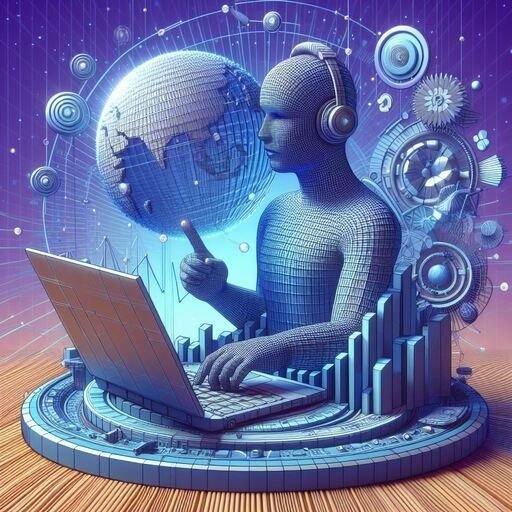Math doesn’t have to be boring or intimidating. For families in Murfreesboro, Smyrna, La Vergne, College Grove, Lascassas, turning math into a fun and engaging experience can help children develop not only strong skills but also a genuine love for numbers. In today’s world, with the right tools, math practice can be transformed into an exciting adventure filled with challenges, rewards, and personal growth.
One of the most effective approaches to building math confidence in children is by introducing them to fun, structured math games that align with their age and skill level. Rather than relying on rote memorization or repetitive worksheets, game-based learning allows kids to actively explore math concepts, problem-solve in real time, and gain immediate feedback-all while having fun.
The Power of Game-Based Math Learning
Children are naturally curious and love to play. When learning feels like play, it becomes something they look forward to rather than avoid. That’s exactly the philosophy behind MathsKarma’s approach to math education. With a variety of math games designed for children in grades 1 through 8, MathsKarma offers a system that balances challenge with fun, making learning math both effective and enjoyable.
Each game or learning activity is designed to address core math skills like number sense, arithmetic, geometry, algebraic thinking, and logic. Whether your child is in the early stages of counting or beginning to tackle more complex equations, the platform provides the right level of support to keep them motivated and moving forward.
Personalized Learning in Every Town
Whether you’re in the heart of Murfreesboro or in the quiet neighborhoods of College Grove and Lascassas, personalized learning is key. Every child learns differently, and one-size-fits-all approaches often leave some kids behind while others become bored. That’s why MathsKarma emphasizes AI-powered personalization.
With an adaptive learning engine, the platform constantly evaluates a student’s performance and adjusts the level of difficulty to match their abilities. This ensures that children are always working at the right level-not too easy to become boring, and not too difficult to cause frustration. This smart system helps kids stay in the “learning zone,” where they are engaged and challenged just enough to build confidence and competence.
Building Skills Through Repetition and Reward
Children need repeated exposure to concepts to master them, but repetition doesn’t have to be dull. MathsKarma incorporates spaced repetition and varied problem formats within its games, so children encounter math problems in fun, dynamic ways. They might solve a puzzle, complete a quest, or earn points as they answer questions correctly.
Math Practice That Fits Busy Lives
Families in places like Smyrna, La Vergne often have busy schedules filled with school, activities, and family time. MathsKarma is built for flexibility. With just 15 to 30 minutes of practice a day, children can make consistent progress in their math skills without feeling overwhelmed.
The bite-sized lessons and games are designed for short, effective practice sessions, which means kids can log in during downtime-whether it’s after school, on the weekend, or even during a road trip. Consistency is key, and the platform makes it easy to build math into a daily routine, even for the busiest families.
Supporting a Growth Mindset
Beyond improving test scores or mastering curriculum standards, the real goal is helping children develop a growth mindset-the belief that they can get better at math with effort and practice. MathsKarma encourages this mindset by helping children set personal goals, monitor their progress, and see improvement over time.
Instead of feeling labeled as “good” or “bad” at math, children learn that math is a skill they can grow. This shift in thinking not only improves academic performance but also builds resilience and confidence that will benefit them in all areas of life.
A Fun Way to Learn-Wherever You Are
Whether it’s a small town like Lascassas or a growing city like Murfreesboro—your child can access high-quality, fun math games that support real learning. There’s no need for complicated setups or expensive tutors. Everything is available online, designed to be kid-friendly and parent-approved.
MathsKarma offers an exciting, flexible, and personalized way for children to build a strong foundation in math. By combining educational rigor with the joy of play, it helps transform the way kids view learning-and opens the door to a future where math feels less like a chore and more like an adventure.
If you’re ready to make math fun for your child and see real progress at their own pace, explore the tools and games available at https://mathskarma.com.


